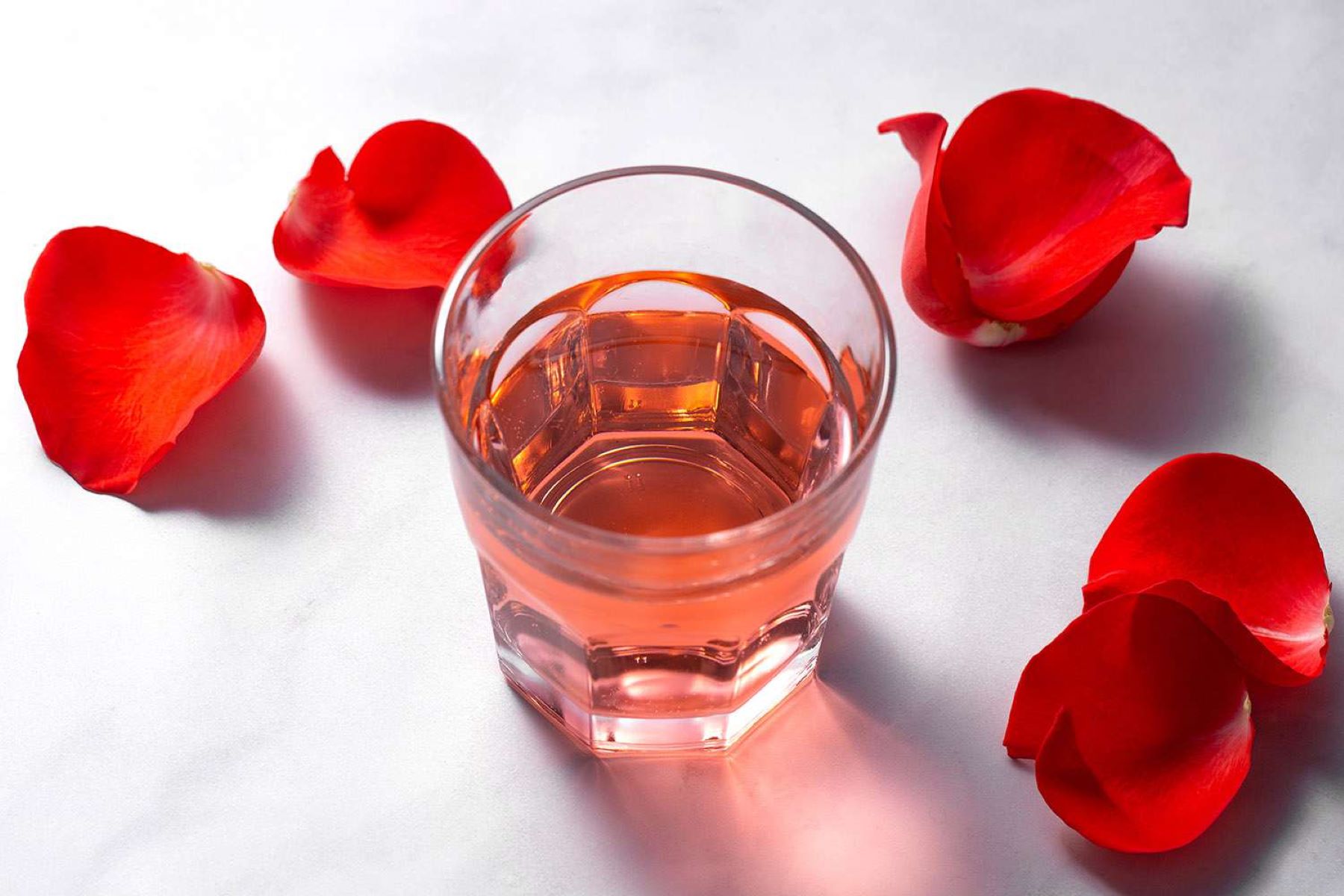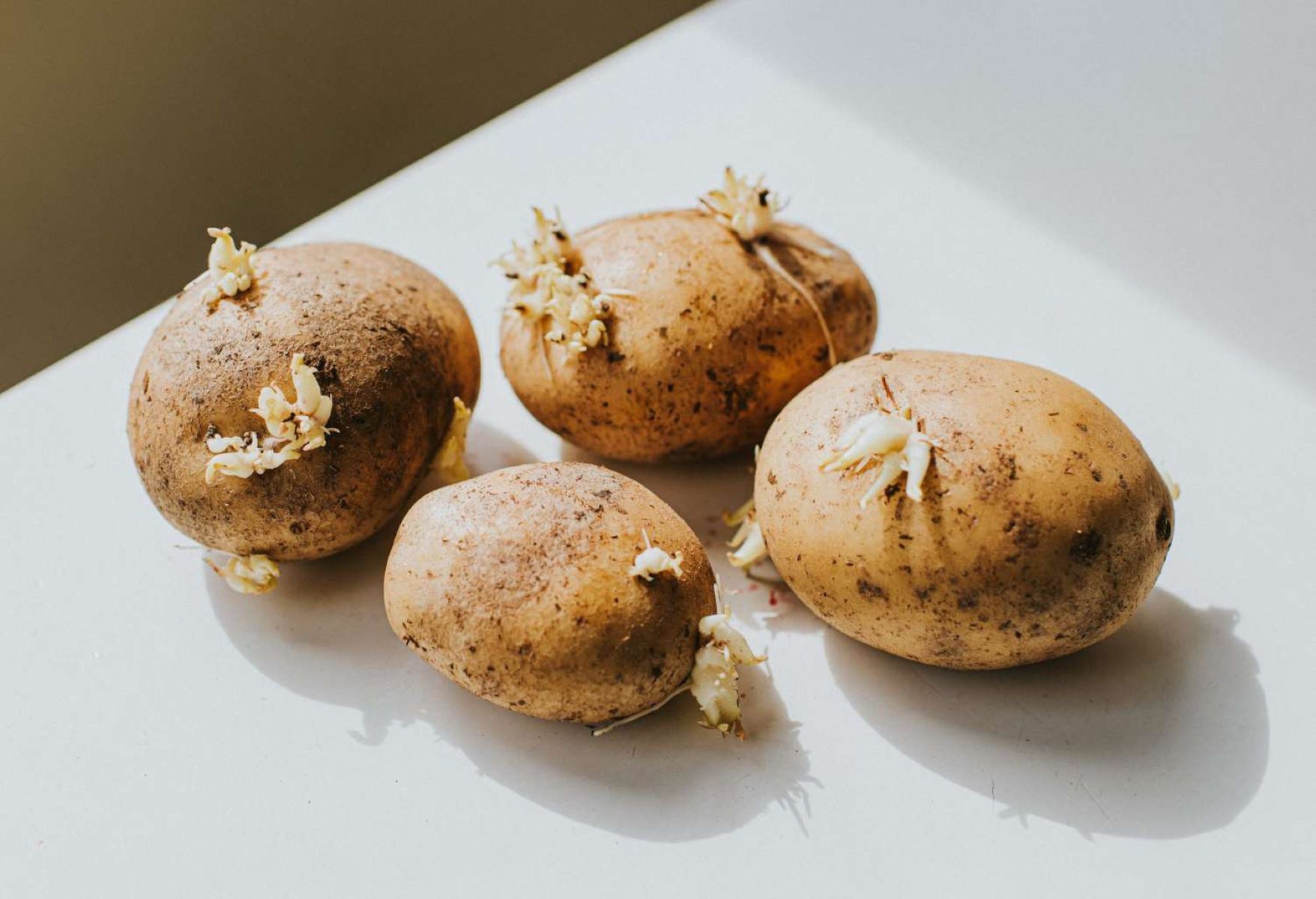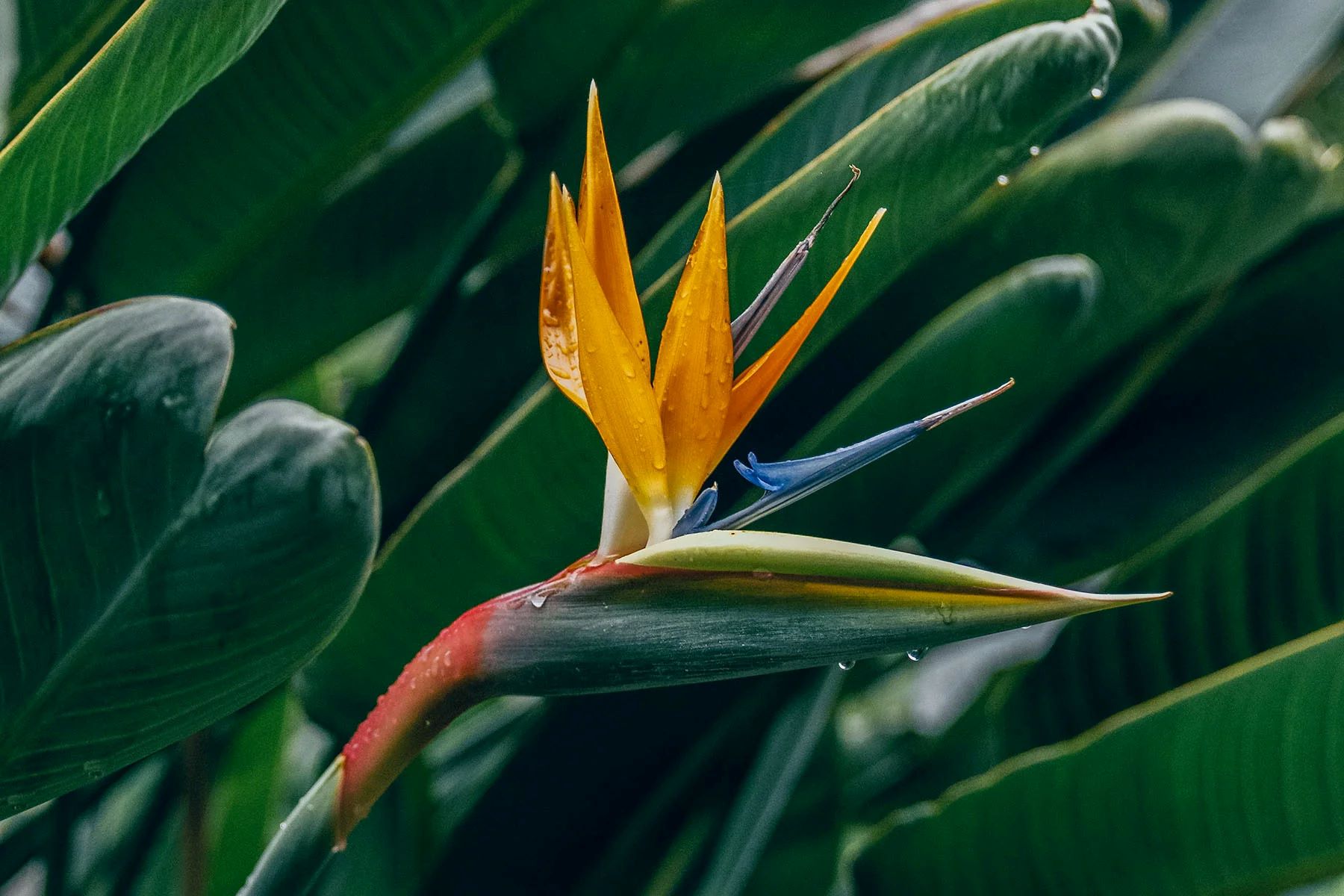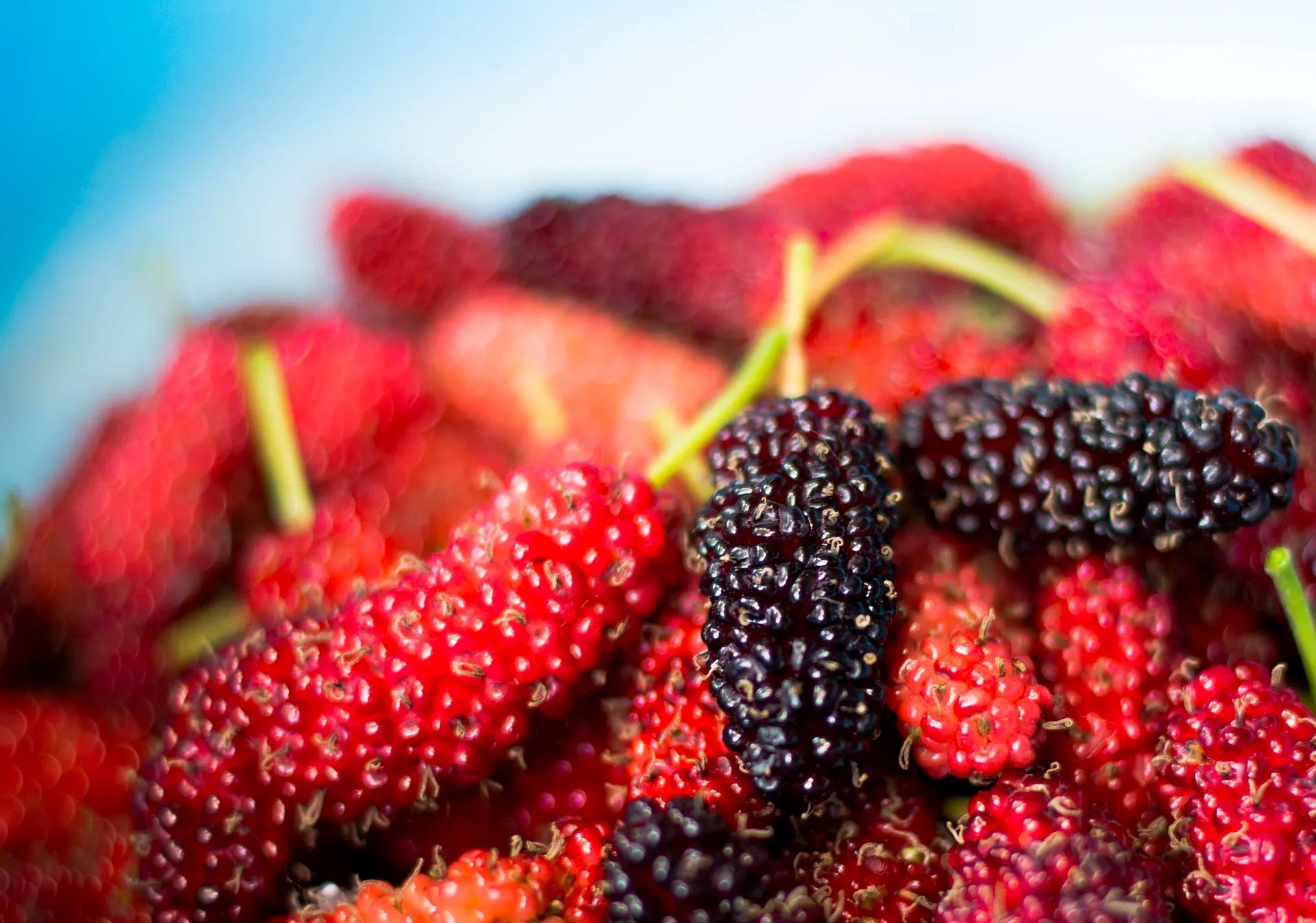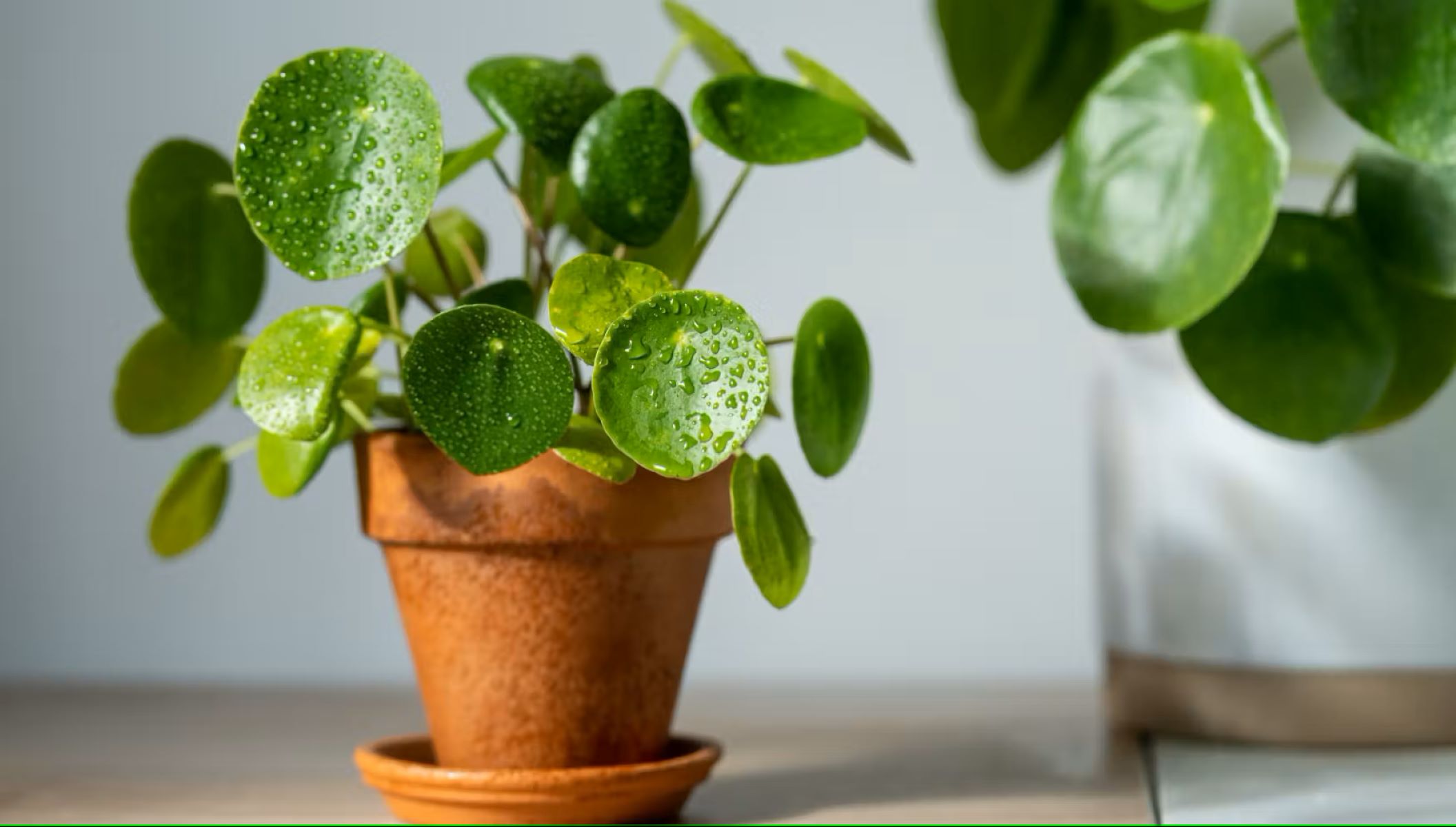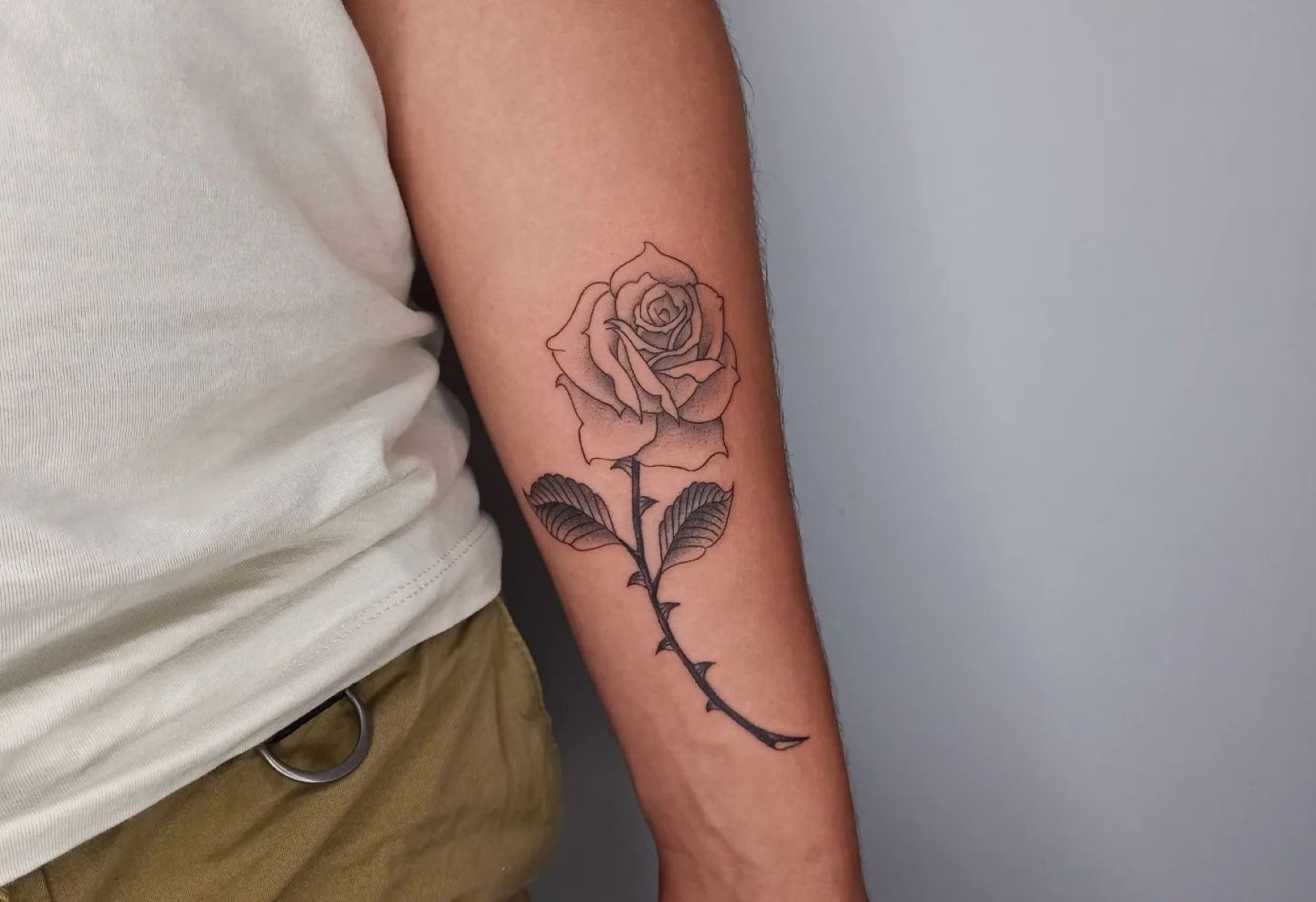Home>Home and Garden>The Surprising Reason Your Rose Leaves Are Turning Yellow With Brown Spots
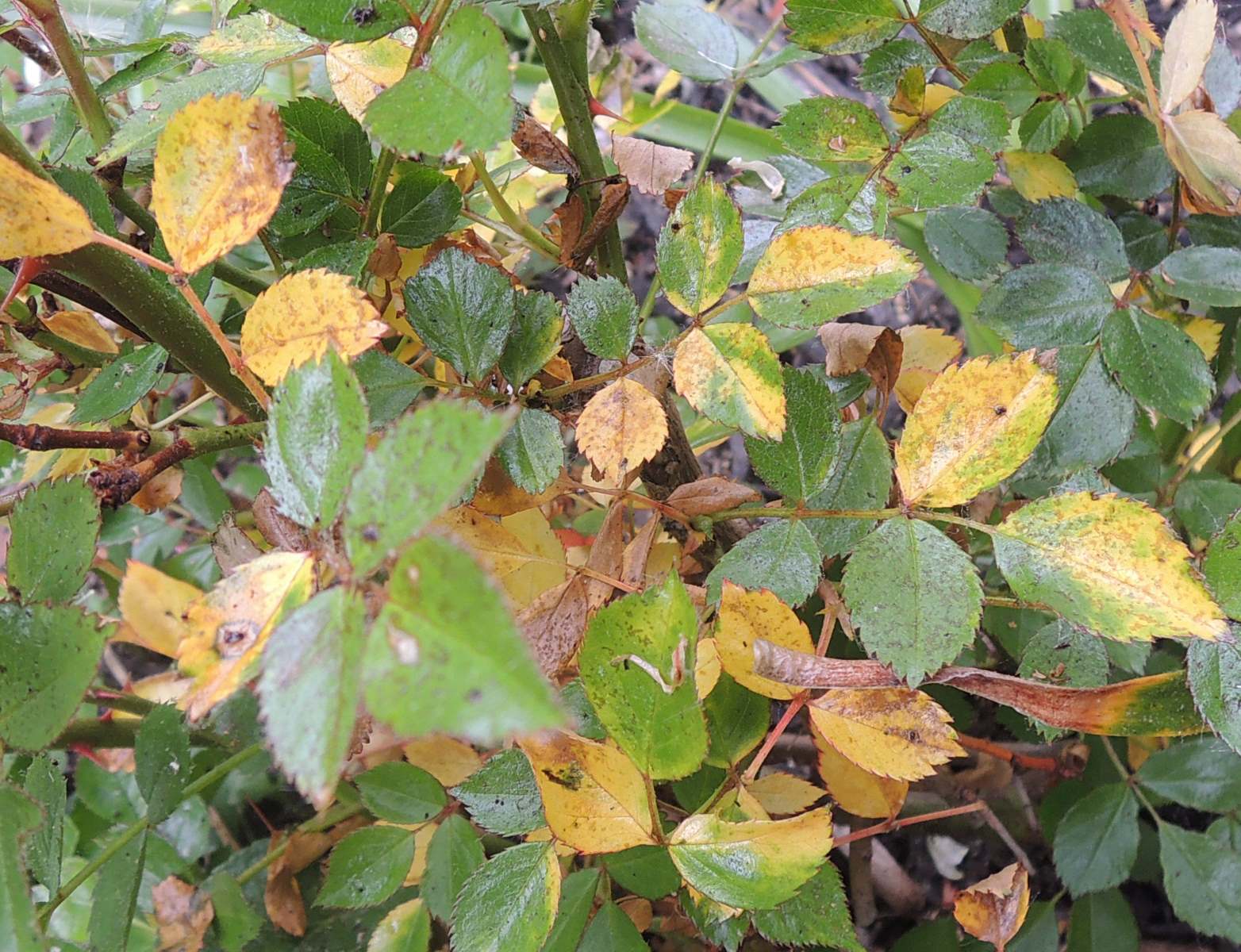

Home and Garden
The Surprising Reason Your Rose Leaves Are Turning Yellow With Brown Spots
Published: January 15, 2024
Discover the surprising cause of yellowing rose leaves with brown spots in your home garden. Learn how to address this common issue and restore your plants to health.
(Many of the links in this article redirect to a specific reviewed product. Your purchase of these products through affiliate links helps to generate commission for Regretless.com, at no extra cost. Learn more)
Table of Contents
Introduction
Your beautiful rose bushes have been the pride of your garden, but lately, you've noticed a concerning change in their appearance. The once vibrant green leaves are now displaying disconcerting yellowing with brown spots, leaving you puzzled and worried. This unexpected transformation can be distressing, especially for those who take pride in their gardening efforts. But fear not, as we are about to delve into the possible reasons behind this phenomenon and explore effective solutions to restore your roses to their former glory.
The sight of yellowing rose leaves with brown spots can be disheartening, but it's essential to approach the issue with a curious and proactive mindset. By understanding the underlying causes and implementing targeted remedies, you can rejuvenate your roses and ensure their continued health and vitality. So, let's embark on this journey of discovery to unravel the mystery behind your rose leaves' unexpected transformation and equip ourselves with the knowledge to address this issue effectively.
Understanding Rose Leaves
Rose leaves play a crucial role in the overall health and beauty of the plant. They are not only visually appealing but also serve as vital indicators of the plant's well-being. Understanding the characteristics of rose leaves is essential for identifying any deviations from their healthy state.
Appearance and Structure
The leaves of a healthy rose plant are typically lush green, showcasing a smooth and glossy surface. They are composed of several leaflets arranged in an alternating pattern along the stem. The edges of the leaflets may exhibit a serrated or smooth outline, depending on the rose variety. The veins running through the leaves serve as channels for transporting essential nutrients and water throughout the plant.
Function
Rose leaves are integral to the plant's photosynthetic process, enabling the absorption of sunlight and conversion of carbon dioxide and water into energy. Additionally, they facilitate the exchange of gases, allowing the plant to respire and release excess oxygen. Furthermore, the leaves play a crucial role in regulating water transpiration, preventing excessive moisture loss during hot weather.
Indicators of Health
The appearance of rose leaves can provide valuable insights into the plant's overall health. Vibrant green leaves with minimal blemishes signify a thriving and well-nourished plant. Conversely, any deviations from this healthy appearance, such as discoloration, spots, or wilting, may indicate underlying issues that require attention.
Signs of Stress and Disease
Changes in the color, texture, or structure of rose leaves can serve as early indicators of stress or disease. Yellowing of the leaves, especially when accompanied by brown spots, is often a sign of distress. This visual cue prompts a closer investigation into potential causes, ranging from environmental stressors to pest infestations or fungal infections.
Understanding the fundamental characteristics and functions of rose leaves is pivotal in discerning the underlying causes of any deviations from their healthy state. By closely observing and interpreting the condition of the leaves, gardeners can proactively address issues and implement targeted measures to restore the vitality of their beloved rose plants.
Common Causes of Yellowing with Brown Spots
-
Fungal Infections: Fungal diseases such as black spot and powdery mildew are common culprits behind the yellowing and browning of rose leaves. These infections thrive in warm, humid conditions, leading to the formation of conspicuous yellow spots that gradually turn brown. Without intervention, the entire leaf may succumb to the infection, compromising the overall health of the plant.
-
Pest Infestations: Certain pests, including spider mites and aphids, can inflict damage on rose leaves, causing them to exhibit yellowing with brown spots. These tiny invaders feed on the plant's juices, weakening the leaves and leaving behind a trail of discoloration and deterioration.
-
Nutrient Deficiencies: Inadequate levels of essential nutrients, particularly iron and magnesium, can manifest as yellowing leaves with brown spots. When the rose plant lacks these vital nutrients, its ability to maintain healthy green foliage is compromised, leading to the development of unsightly discoloration.
-
Environmental Stress: Environmental factors such as excessive heat, drought, or fluctuations in moisture levels can trigger stress responses in rose plants, resulting in the manifestation of yellowing with brown spots on the leaves. Prolonged exposure to harsh conditions can weaken the plant's natural defenses, making it more susceptible to visual signs of distress.
-
Overwatering or Poor Drainage: Inadequate drainage or overwatering can create waterlogged conditions around the roots, depriving the plant of essential oxygen and causing the leaves to exhibit symptoms of stress, including yellowing and the onset of brown spots.
-
Chemical Damage: Exposure to certain chemicals, such as herbicides or pesticides, can lead to leaf discoloration and the development of brown spots. Accidental contact with these substances or improper application can have detrimental effects on the overall health and appearance of rose leaves.
Identifying the common causes of yellowing with brown spots on rose leaves is a crucial step in formulating an effective plan to address and mitigate these issues. By recognizing the underlying factors contributing to this phenomenon, gardeners can implement targeted strategies to restore the health and vibrancy of their cherished rose plants.
The Surprising Reason for Yellowing with Brown Spots
Amidst the array of common causes contributing to the yellowing of rose leaves with brown spots, there exists a surprising yet often overlooked reason—physiological stress triggered by imbalanced root competition.
In the intricate realm beneath the soil surface, rose plants engage in a silent struggle for vital resources, including water, nutrients, and space. This subterranean competition can lead to an unexpected outcome—root-induced stress that manifests as the distinctive yellowing with brown spots on the leaves above.
When multiple rose plants are positioned in close proximity, their roots intertwine and compete for the available resources within the soil. This intense competition can disrupt the equilibrium essential for each plant's optimal growth and well-being. As a consequence, the affected rose plants exhibit visible signs of distress, notably the emergence of yellowing leaves adorned with brown spots.
The phenomenon of imbalanced root competition-induced stress unfolds gradually, often evading immediate detection. The intertwined roots engage in a silent battle, vying for dominance and access to essential resources. As the struggle intensifies, the affected rose plants experience a compromised uptake of water and nutrients, leading to a state of physiological imbalance that reverberates throughout the entire plant.
The manifestation of yellowing with brown spots on the leaves serves as a poignant visual indicator of the subterranean struggle for survival. The plant's internal mechanisms respond to the imbalanced root competition by reallocating resources and prioritizing essential functions, often at the expense of maintaining the pristine green hue of the foliage.
The surprising revelation of imbalanced root competition as a significant contributor to the yellowing and browning of rose leaves underscores the interconnectedness of above-ground symptoms with the intricate dynamics occurring below the surface. By acknowledging and addressing this often overlooked factor, gardeners can adopt targeted measures to alleviate root-induced stress and restore the vitality of their cherished rose plants.
In the quest to rejuvenate yellowing rose leaves adorned with brown spots, the recognition of imbalanced root competition-induced physiological stress unveils a new dimension of understanding. It prompts a shift in focus towards fostering harmonious subterranean conditions, thereby nurturing the optimal growth and resilience of rose plants. Through this newfound awareness, gardeners can embark on a journey to create a thriving environment where the beauty of roses flourishes unhindered by the unseen struggles beneath the soil.
How to Treat and Prevent Yellowing with Brown Spots
Addressing the yellowing of rose leaves with brown spots necessitates a comprehensive approach aimed at treating the underlying causes while implementing preventive measures to safeguard the plants' future health. By integrating targeted interventions and proactive strategies, gardeners can effectively combat the distressing symptoms and foster an environment conducive to the flourishing of vibrant, healthy roses.
Treatment Strategies
-
Fungal Infections: To combat fungal diseases, such as black spot and powdery mildew, it is essential to implement timely and targeted fungicidal treatments. Selecting fungicides formulated specifically for rose diseases can help mitigate the spread of infections and restore the health of affected leaves. Additionally, pruning and removing infected foliage can prevent the further proliferation of fungal pathogens.
-
Pest Management: Addressing pest infestations requires a multi-faceted approach, including the introduction of beneficial predators, such as ladybugs, to combat aphids, and the application of horticultural oils to deter spider mites. Regular inspection and prompt intervention are crucial in controlling pest populations and minimizing their impact on rose leaves.
-
Nutrient Optimization: Supplementing the soil with balanced fertilizers containing essential nutrients, including iron and magnesium, can alleviate nutrient deficiencies and promote the development of healthy, green foliage. Additionally, incorporating organic matter into the soil enhances its nutrient-retention capacity, contributing to the long-term vitality of rose plants.
-
Environmental Considerations: Shielding rose plants from excessive heat and providing adequate moisture during periods of drought are pivotal in mitigating environmental stress. Mulching the soil around the plants helps regulate moisture levels and insulate the roots from temperature fluctuations, fostering a conducive microclimate for optimal growth.
-
Root Management: Addressing imbalanced root competition involves strategic plant placement and periodic root pruning to alleviate the strain on the plants. Creating adequate spacing between rose bushes and periodically thinning out the root systems can mitigate the detrimental effects of root-induced stress, promoting healthier foliage.
Preventive Measures
-
Prudent Watering Practices: Implementing a consistent and well-regulated watering schedule, ensuring proper drainage, and avoiding overwatering can prevent water-related stress and the associated leaf discoloration. Mulching the soil aids in moisture retention, reducing the likelihood of waterlogged conditions detrimental to rose plants.
-
Regular Monitoring: Vigilant observation of rose plants enables early detection of potential issues, allowing for timely intervention and mitigation. Regular inspections for signs of pest activity, fungal infections, and nutrient deficiencies empower gardeners to address emerging problems before they escalate.
-
Optimal Nutrition: Proactively maintaining balanced soil nutrition through the application of organic amendments and targeted fertilization fosters the overall health and resilience of rose plants. Conducting soil tests and adjusting nutrient levels based on the specific requirements of roses can preemptively address potential deficiencies.
-
Cultural Practices: Pruning, proper air circulation, and adequate sunlight exposure contribute to the overall vigor of rose plants, reducing the likelihood of stress-induced yellowing and browning of leaves. Adhering to recommended cultural practices fortifies the plants against environmental and physiological stressors.
By implementing a holistic approach encompassing treatment strategies and preventive measures, gardeners can effectively combat the yellowing of rose leaves with brown spots, restoring the visual splendor and vitality of their cherished rose plants. Embracing proactive measures and targeted interventions not only addresses the immediate concerns but also lays the foundation for sustained health and resilience, ensuring the enduring beauty of roses in the garden.
Conclusion
In the intricate tapestry of rose cultivation, the emergence of yellowing leaves adorned with brown spots serves as a poignant reminder of the delicate balance between the seen and unseen forces shaping the vitality of these beloved plants. As we conclude our exploration into the surprising reasons behind this phenomenon and the comprehensive strategies to address it, a profound understanding emerges—one that transcends the visible manifestations and delves into the intricate interplay of environmental, physiological, and horticultural dynamics.
The journey of rejuvenating yellowing rose leaves with brown spots unveils a tapestry of interconnected factors, each contributing to the overall well-being of the plants. From fungal infections and pest infestations to imbalanced root competition-induced stress, the diverse array of underlying causes underscores the multifaceted nature of rose care. By unraveling these complexities and embracing targeted treatment and preventive measures, gardeners can embark on a transformative journey, nurturing their rose plants back to health and vibrancy.
As we navigate the realm of rose cultivation, it becomes evident that the beauty of these exquisite blooms extends far beyond their outward appearance. It encompasses a profound harmony between the visible blooms and the intricate dance of roots beneath the soil—a dance that shapes the very essence of the roses' vitality. By recognizing the subtle cues and addressing the underlying factors contributing to leaf discoloration, gardeners embark on a journey of stewardship, fostering an environment where roses thrive in all their resplendent glory.
In the garden, every yellowing leaf adorned with brown spots becomes a testament to the resilience of nature and the unwavering dedication of those who tend to its splendor. It serves as a reminder that amidst the challenges, there exists an opportunity for growth, transformation, and the revival of beauty. Through our collective efforts to comprehend, address, and prevent the distressing symptoms afflicting rose leaves, we not only restore the visual allure of the plants but also cultivate a deeper appreciation for the intricate web of life unfolding in our gardens.
As we bid farewell to the enigma of yellowing rose leaves with brown spots, let us carry forward the wisdom gleaned from this journey. Let us nurture our gardens with care, attentiveness, and a profound understanding of the interconnected forces shaping the vitality of every bloom. In doing so, we honor the timeless allure of roses and perpetuate a legacy of beauty, resilience, and unwavering stewardship in the gardens we so passionately tend.

